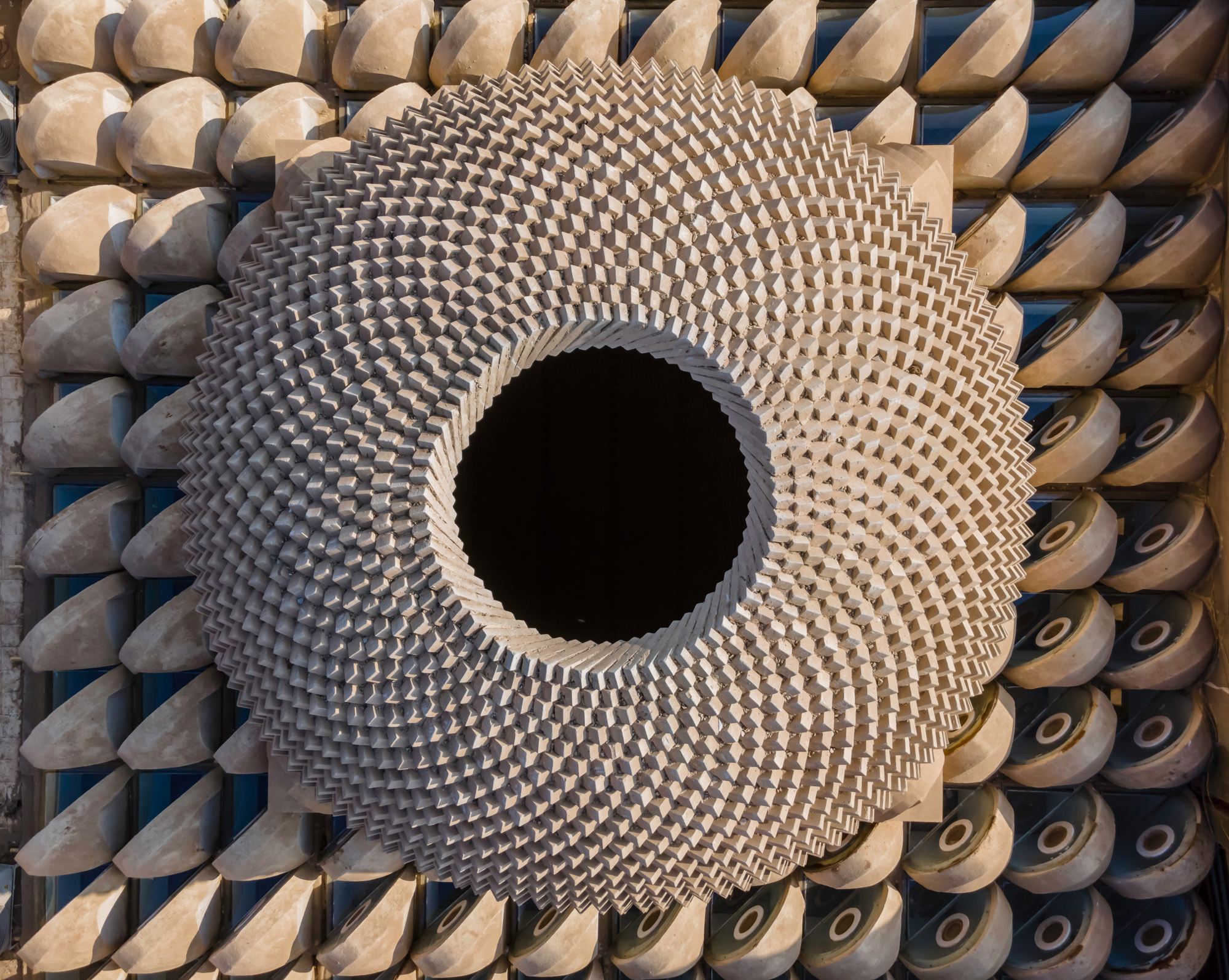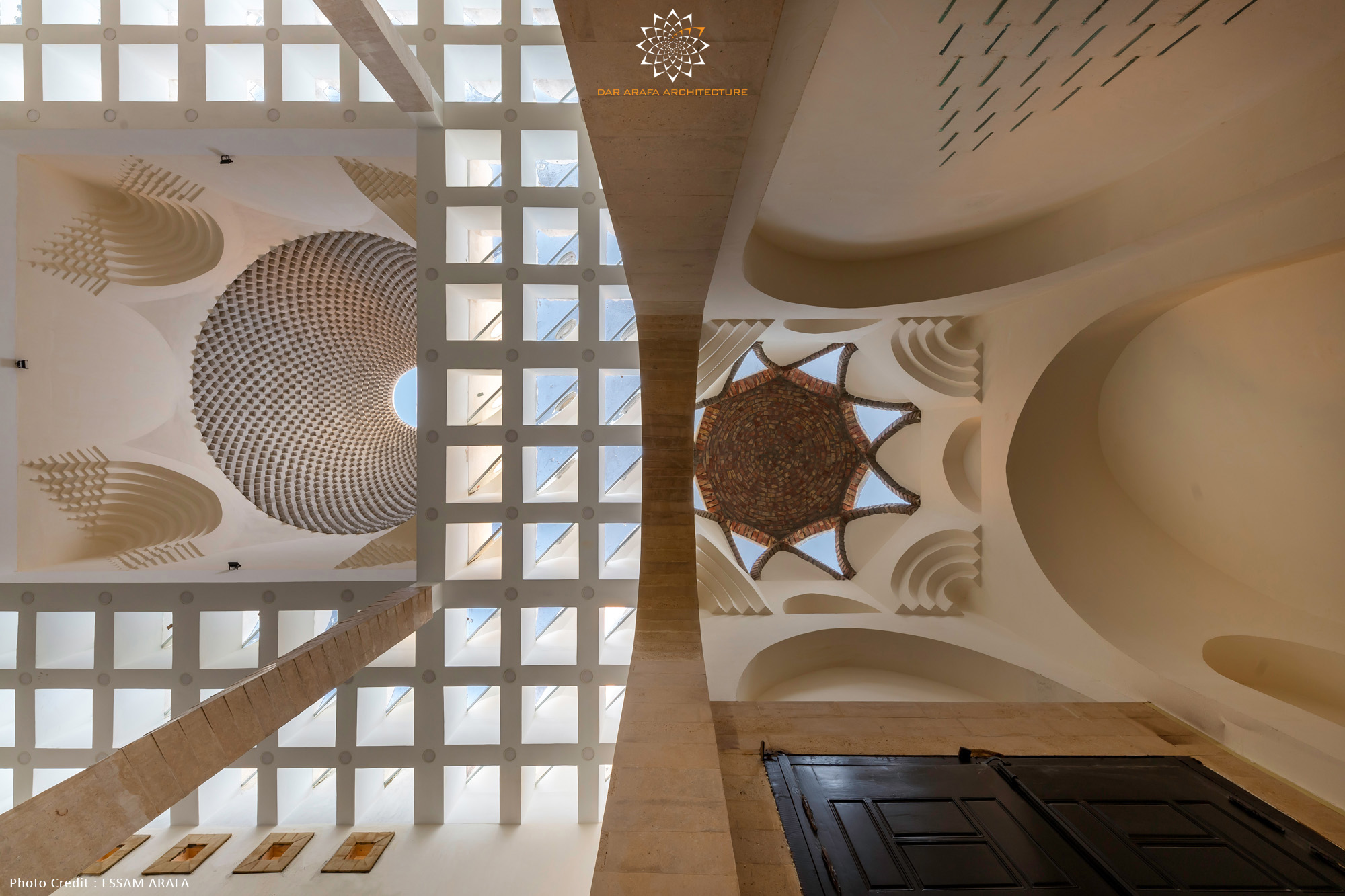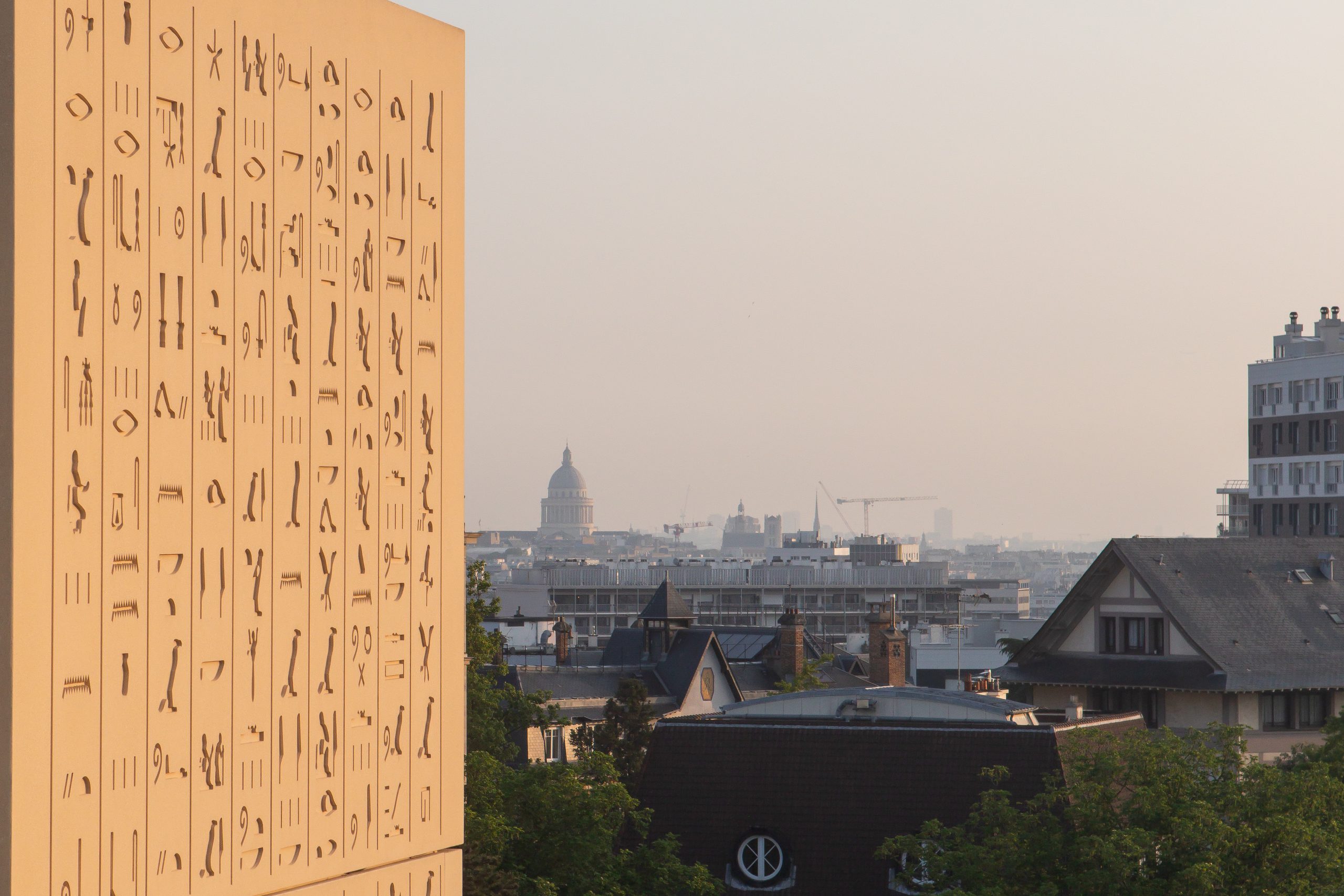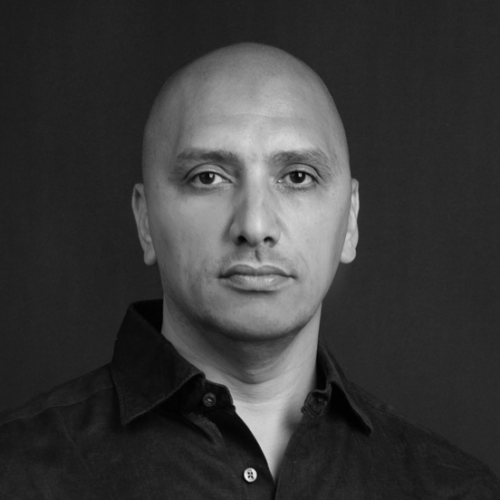Biography
ABOUT
Waleed Arafa is an Egyptian architect; founder & principal of Dar Arafa Architecture.
He holds a B.Sc. in Architecture, Urban Design and Planning, Ain Shams University, Egypt 2001, a post-graduate degree in the Conservation of Historical Buildings, AA School of Architecture in London, UK 2015. He is currently an MA researcher in Islamic Art & Architecture, at the American University in Cairo.
Waleed’s projects in Egypt, France, Bahrain, Saudi Arabia and elsewhere, were celebrated internationally through several awards, including: Abdullatif AlFozan Award for Mosque Architecture 2020, Saudi Arabia, three nominations for the Aga Khan Award 2010, 2022 and 2025, the International Building Beauty Award, set by the British Royal Commission of Fine Arts in its first cycle 2022, the World Architecture Festival Completed Buildings WAF 2020/2021, Portugal, Archmarathon Stone Award 2019, Italy, Construction21 Green Solutions Award 2019, France.
Waleed was awarded The Mohammed Makkyiah Tamayouz Award: Middle Eastern Architecture Personality of the year 2019, Jordan, the Architectural Digest ME 50 Power List, UAE and the Entrepreneurial Alumni Awards 2020, British Council.
Education is key to Waleed’s practice and as a result he continues to lecture and speak at numerous local and international universities and professional forums.
Waleed’s scholarly research, as well as his design-build hands-on practice, all aim at understanding the essence of the architecture of Islam. His approach is based on finding ways to continuing the discontinued architectural past of countries with an established legacy in the architecture of Islam, such as & especially Egypt. But equally, looking into how to bring forth renewed architecture(s) of Islam in completely new contexts such as Great Britain and the Occident at large, through which a more egalitarian and sustainable global architecture could emerge.
AWARDS
- Mohammed Makkyiah Tamayouz Award: Middle Eastern Architecture Personality of the year 2019, Jordan, the Architectural Digest ME 50 Power List, UAE and the Entrepreneurial Alumni Awards 2020, British Council
PROJECTS TO BE PRESENTED DURING THE EVENT
Project #1: Basuna Mosque
Start year: 26.07.2016

The project located in a hot, dusty, noisy & densely populated plot in the center of the Basuna Village, 500 KM south of Cairo aimed at responding to religious, social, economic & spiritual functions & concerns. It was a chance to restore the mosque as a community center open for all instead of being dedicated to an exclusive portion of the population, adult Muslim males, for 2-3 hours daily; the time required for the 5 daily prayers. Introducing spaces open for women, children & non-Muslims was meant to restore the role of the first mosque of the prophet in Madina.It was also meant to be a symbol of reviving the village’s pride & sense of confidence, having given Egypt many prominent people, but suffering from neglect today. The villagers demanded an icon, however, the architect thought this must be achieved in sync with the architectural legacy of the village & at as low costs & low maintenance costs as possible. The building consists of 3 levels. The ground floor hosts the main prayer hall with two entrances, one from the main street with outdoor ablution on the side and another entrance from the Rahaba that also welcomes ladies who do not mind praying in the same space as men. The same level also features the Imam’s room connected to the pulpit.
Project #2: La Maison d’Egypte
Start year: 24.06.2019

Egypt has been one of the first nations to take interest in the post WWI French project known as the Cite Universitaire Internationale de Paris, established 1925, as a manifestation of the pacifist movement of the interwar period. The building is a student resident, the third largest house in the Cite with 195 keys. The client required the allocation of 177 single standard rooms 15sqm, 15 double rooms 20-21sqm and finally 3 suites at 33sqm. All but standard rooms were requested to be equipped for accessibility.

Project #3: Citadel of Cairo: Seat of Design Power
Start year: 24.02.2024

Everyone is aware of the Citadel of Cairo as Egypt’s seat of political power since its establishment by Salah Al-Din in the 12th century; hosting all of its rulers since then. The Ayyubids, the Mamluks, the Ottomans, Muhammad Ali Pasha’s Family all ruled from the citadel, until the seat of power moved to the Palace of Abdin in the time of Khedive Ismail. However, only a few are aware of the Citadel having been the seat of Design Power. While its political power has now certainly faded, its position as a transcendental Seat of Design Power, figuratively and literally, is still evident. In addition to all of its military engineering innovations and wonders, such as its various towers, walls, gates, fortifications and incredible water works, the Citadel has been and is still home to many civilian architectural typologies and iconic design styles. Mosques such as that of Al-Nasir Mohammad, Sulayman Pasha al-Khadim and Mohammad Ali Pasha’s Mosque, to name a few, as well as palaces, royal halls and iwans such as the Great Iwan and Al-Ashraf Khalil’s palace, Al-Qasr al-Ablaq, Al-Jawhara palace and the Justice Palace represent a formidable timeline of Cairean architecture. The design impact of objects produced in and by the Citadel was not merely limited to architecture. For within the premises of these architectural marvels, more design was displayed and produced. Sculptures and graphics, as early as Salah- Aldin’s Rank, Baybars’s lions statuettes and the graphics displayed on coins that were produced in the Citadel’s mint or Dar al-Darb are all design contributions that proliferated and inspired the world of design. This is not an exaggeration, especially when we know that the Kisswa, the cover of the Ka’baa, venerated, seen and often kept by the millions of Muslim pilgrims over the years was produced in the Citadel. GEMMA is eager to highlight this incredible history and influence over Cairo design, in the Cairo Design Week. Our proposal seeks to celebrate the continuum, the DNA that permeates all of these design layers and outcomes that formed and are formed by the Citadel of Cairo, as it stands today, using GEMMA’s exquisite products. DAA’s design response to GEMMA’s desire, resorted to celebrating the basic working-lines geometries, that are often overlooked and hidden by the more obvious layers of typological and stylistic final design products, it is also a celebration of all the lost and demolished wonders that once existed in the Citadel. Citadel of Cairo: Seat of Design Power is a phantom iwan that belongs to and connects the past, present and future and dances between the material and the immaterial worlds simultaneously.
Dar Arafa Architecture (DAA) is a design-and-build architecture studio established in Cairo, Egypt, in 2006 by Egyptian architect Waleed Arafa, who proudly leads a team of young Egyptian architects. He was joined later by Nisreen Moustafa, principal for interior design and Daniel Kaldas, principal for architectural design. DAA combines scholarly research with design & build hands-on practice, aiming at understanding the essence of the architecture of Islam. Our approach is based on finding ways to continuing the discontinued architectural past of countries with an established legacy in the architecture of Islam, such as & especially Egypt. But equally, looking into how to bring forth new architecture(s) of Islam in completely new contexts such as Great Britain and the Occident at large.
Abdullatif AlFozan Award for Mosque Architecture 2020, Saudi Arabia, three nominations for the Aga Khan Award 2010, 2022 and 2025, the International Building Beauty Award, set by the British Royal Commission of Fine Arts in its first cycle 2022
